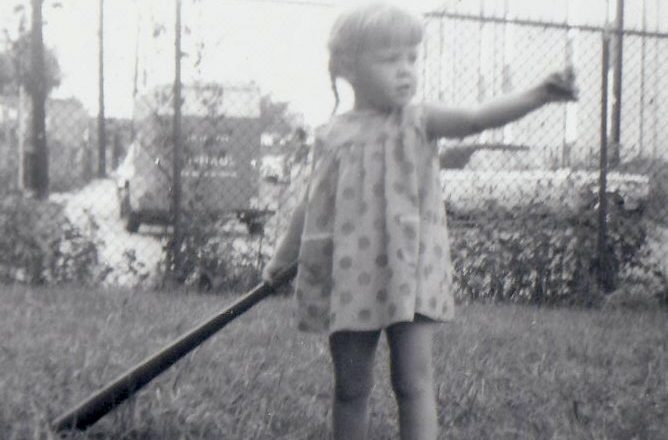I Just Listen to the Voice.
On the way home from teacher conferences, Dylan and I were talking about how he processes information. As background, his psychological educational testing showed that his processing speed was in the 9th percentile among 9-year-olds.
In other words, he processes information very, very slowly. And it causes him to do most of his classwork very, very slowly. In fact, his last algebra test took him two full periods and one lunch period to finish.
So I asked him about what happens when he reads.
“Do you see pictures or do you see words when you read?” I asked him.
“No,” he said.
“What do you mean ‘no,’?”
“Yes?” he queried.
“Which one is it? When you read, do pictures form in your head as you go? Or do you just see the words going by in your brain, like they do on the page?”
“Neither one,” he said.
This floored me. I didn’t know what to think.
When I read, I see words. When I talk, I see words. When I sing, I see words. I see pictures, too, sometimes – but mostly I read my own thoughts.
Meanwhile, Bill sees pictures – and almost never sees words. He gets the gist of things – but almost always forgets the details because he remembers life via the pictures he creates in his head.
“So,” I asked Dylan, “when you read, how do you know what you’re reading?”
“I just listen to the voice,” he said.
Oh no, I thought.
“Oh no,” I said. “You process audially.”
“What does that mean?”
“That means, NO WONDER you are having trouble in school! The teacher is talking, and your voice is talking, and you can’t listen to them both at the same time. So you only hear half of what is said, and the other half of the time, you are too busy processing to hear what’s being said!”
The entire school system is based on visual processing. It starts in kindergarten: shapes, colors, letters, numbers. See the letter; hear the sound. See the number; count to it.
The older Dylan gets, the more he is expected to absorb the visual cues. Read the instructions on the worksheet. The homework assignment is on the blackboard. The equation on the Promethean board. Use the map for social studies.
It all makes sense now. No wonder he does so well in hands-on classes. He can work and listen at the same time. But when he’s expected to just sit and listen, he can only hear half of what is said – because he processes audially.
He’s not blind, I realize. He can see.
But he doesn’t process visually. He doesn’t see pictures. He can’t memorize things unless he hears them over and over again. It’s why he’s so good at singing – and why he remembers the words so easily. It’s why he can do every line in a play, no matter which character, but he doesn’t know to turn in his work.
So now I know.
What on earth can we do about it?
